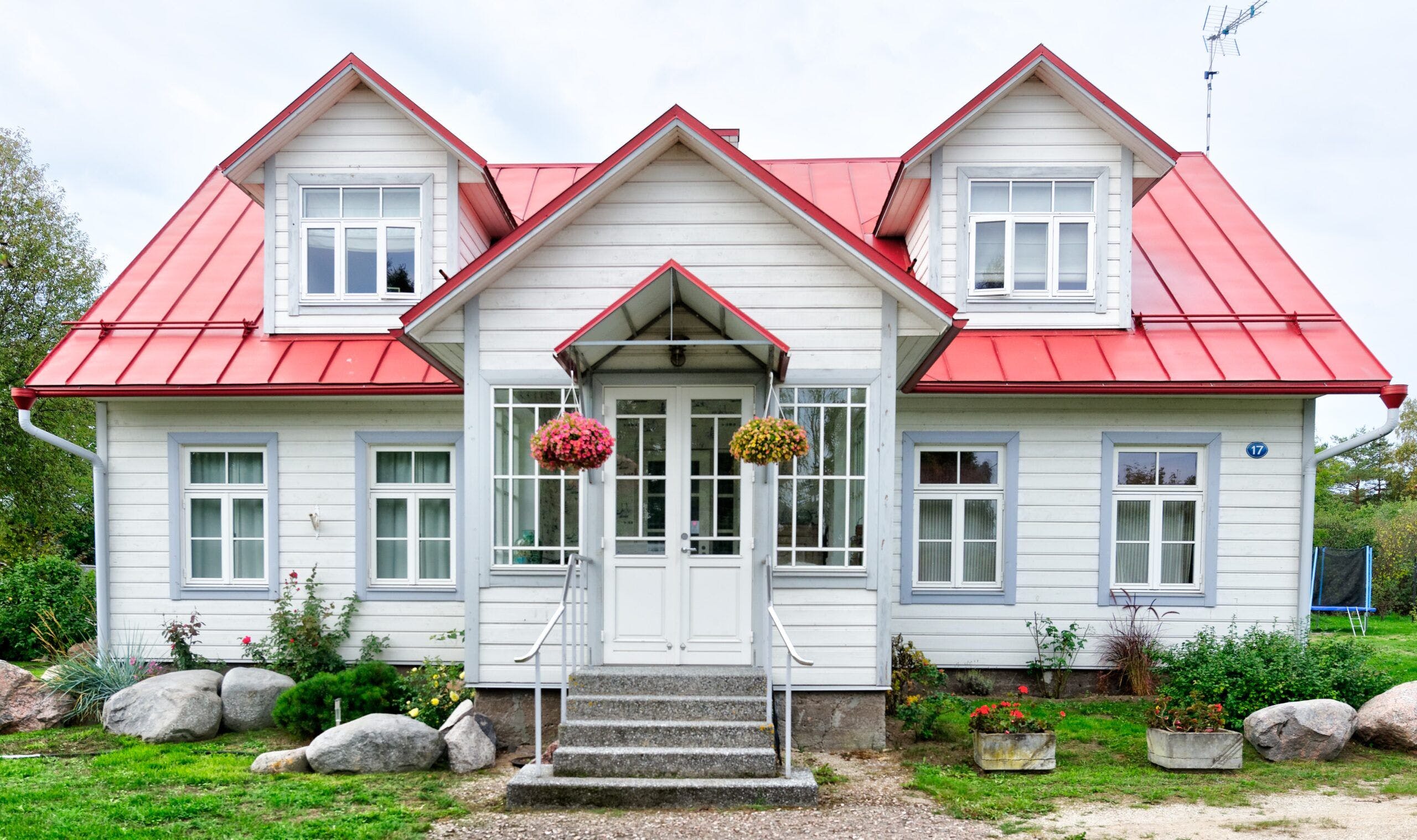Due to recession, gentrification, and stagnating wages, poverty is on the rise in many parts of the developed world, and one of the social groups who are having a particularly tough time of it are millennials. Hefty student loan debts mean a fair portion of the generation can’t save enough for a down payment for a home, and to make the matter worse, not only there aren’t enough starter homes available, but their prices are soaring. The majority of young professionals are stuck renting, which is less costly upfront, but rising rents often make it hard to stay in one place. So what else is there? Here’s a list of popular millennial-friendly housing options.
Tiny homes
Apart from being adorable and eco-friendly, tiny homes are significantly cheaper than traditional, full-sized homes. If you’re skilled with hands and tools, and willing to learn a bit about building, you can even build your own tiny home and cut the costs even further. On the other hand, if you can’t tell a battery drill from an orbital sander, you can hire a company to build one for you. However, keep in mind that getting a loan for a tiny home can be challenging, as they’re currently considered to be more like campers than actual homes. Luckily, many tiny home manufacturers offer in-house financing programs.
Houseboats
If you can’t manage to get a firm foothold, maybe a home that floats will be your thing. Like traditional homes, prices of these houseboats range from tens of thousands to millions, but you can find decent ones for roughly the price of tiny homes. Similar to RVs, electricity and water are obtained by hook-ups at the docks, while for heating they depend on furnaces, electric heaters, or propane. If you choose to live on a houseboat, you need to plan for slip fees, which vary depending on where you’re docked, as well as regular boat maintenance. If you’re docked in a region where winters are unforgiving, prepare to spend some time and money preparing your home for the winter.
Modified shipping containers
Popularly used for granny flats and home extensions, shipping containers are a cost-effective way of landing a home for a fraction of the price of prefabricated homes. Building a new structure from a scratch can be expensive, with change orders increasing your spending. On the other hand, using a shipping container as a base requires very little construction. Companies which specialise in modifying shipping containers for dwelling now regularly offer modifications like insulation, internal walls, and partitions, windows, and doors, etc. With a nice coat of paint, added wooden deck and sloping roof, you can have a modern, industrial-chic home as an homage to a generation that is ready to move the boundaries. So, if you are thinking of buying shipping containers, click here for more details.
RVs
If you’ve always wanted to live on the road, your local RV dealer can become the best real estate agent you can find. Living in a fully furnished RV allows you to travel the country roads without leaving anything behind. Most modern RVs are delivered with solar panels, built-in flat-screen TVs, and Wi-Fi connections, allowing you to work on the move. With an RV home, the term digital nomad gets a whole new meaning. While prices of RVs vary like those of houseboats, your best choice is the one that has a payment, or should we say mortgage, you can afford. Apart from the monthly payment for your RV, you should plan for parking fees, maintenance, and a fair amount of fuel, that is if you plan on cruising. Now nothing stops you from packing your entire house for a road trip. If you don’t have the budget for an RV you can get a caravan instead. They can be dragged behind your vehicle and can have lots of features. Autoleisure has caravan parts and accessories that you can order online.
Co-living spaces
Unlike earlier generations, for whom, owning a home was an ultimate life goal, for millennials, new experiences and a sense of community are more important than ownership of property. These prospects have led to one of the most raging real estate trends across the world – co-living. With the workforce largely globalised, young people are travelling and moving frequently, sometimes within the same city. For these migrating professionals, buying and renting in cities is either too expensive or restrictive. Co-living offers a sustainable solution providing a smart blend of private and community spaces to optimise the utilisation of rale estate. The idea is that dwellers share lower-utilisation areas, like living rooms, kitchens, while bedrooms and bathrooms remain private.
It will probably take decades before the economy evens out, property prices drop, and wages become sustainable. Unfortunately, until then, millennials will have to make their homes in places their parents would never have hoped for. On the other hand, prospects aren’t so bleak. Although different from detached suburban homes we’re used to, the options listed here offer plenty of unique charm in their own way. Click here.


Comments are closed.